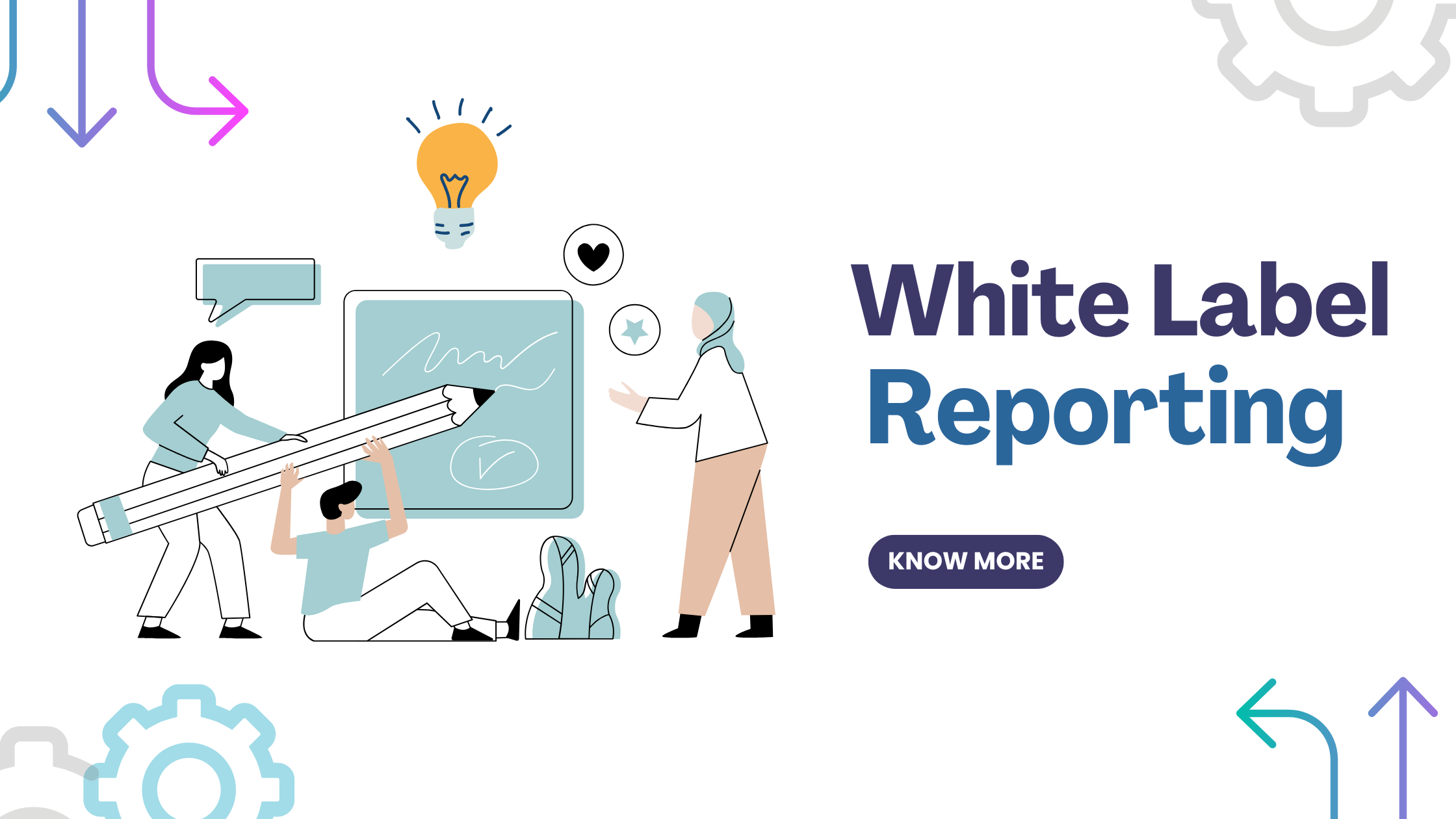In today’s data-driven marketing world, customers anticipate results, clarity, and openness. However, creating reports by hand for each customer can easily become too much, particularly for digital marketing firms managing several initiatives.That’s where a white-label reporting dashboard comes in. Without having to spend hours compiling information from various sources, it enables you to display performance indicators under your own branding.
In this complete guide, we’ll show you how to make a white-label reporting dashboard, why it’s necessary, and what features you need to have in order to provide your clients with polished, automated reports they will appreciate.
What is a White-Label Reporting Dashboard?
A white-label reporting dashboard is a customizable analytics dashboard that allows you to showcase marketing performance data under your own brand name, logo, and domain — even if a third-party tool powers it.
It pulls data automatically from platforms like Google Ads, Facebook Ads, Google Analytics, SEO tools, and eCommerce stores, then presents them in a clean, branded format. Simply to explain, it’s your client’s one-stop hub for campaign insights — without knowing it’s powered by another software.
Why You Need a White-Label Dashboard
Here are the key reasons why agencies and marketers rely on white-label dashboards:
- Save Time with Automation:
No more manual screenshots or Excel sheets. Data updates automatically from multiple sources. - Build Brand Credibility:
Clients see your logo, colors, and domain — not a third-party tool. This strengthens your brand authority. - Enhance Client Transparency:
Give clients real-time access to performance metrics, improving trust and retention. - Reduce Reporting Errors:
Automated dashboards eliminate manual mistakes and keep data 100% accurate. - Improve Productivity:
Free up your team to focus on strategy and execution instead of report creation.
Step-by-Step: How to Create a White-Label Reporting Dashboard
Step 1: Define Your Reporting Needs
Before choosing a tool, identify:
- What metrics matter most to your clients (SEO, PPC, social media, email, etc.)
- Which data sources you need to connect
- How frequently reports should update
Step 2: Choose a White-Label Reporting Tool
To build your dashboard easily, use an automatic reporting tool like Whatsdash.
Whatsdash allows you to:
- Create fully branded dashboards
- Connect all major marketing platforms (Google Ads, Analytics, Meta Ads, LinkedIn, Shopify, etc.)
- Automate data collection and report generation
- Share live dashboards or scheduled PDF reports
Look for these essential features when choosing your tool:
- Multi-channel integrations
- Real-time data syncing
- Branding customization (logo, colors, domain)
- Client access controls
- Automated scheduled reports
Step 3: Customize Branding and Layout
Once your data sources are connected, customize the dashboard:
- Add your logo, brand colors etc
- Use your agency’s domain or subdomain
- Create client-specific dashboards for each account or campaign
This makes your reports look professional and truly yours.
Step 4: Add Key Performance Metrics
Include KPIs that align with client goals.
For example:
- SEO Reports: Organic traffic, keyword rankings, backlinks, domain authority
- PPC Reports: Clicks, CPC, conversions, ROAS
- Social Media Reports: Engagement rate, reach, follower growth
- Email Marketing Reports: Open rate, CTR, conversions
Step 5: Automate and Share Reports
Set up automated schedules — weekly, monthly, or real-time dashboards.
Your clients can log in anytime or receive an email with their updated report link — all under your brand name.
This builds long-term trust and positions your agency as a tech-savvy, transparent partner.
Benefits of Using a White-Label Reporting Dashboard
Benefit | Description |
Time Efficiency | Automates repetitive report tasks |
Brand Control | Showcases your agency identity |
Client Satisfaction | Provides 24/7 transparent performance visibility |
Scalability | Easily add new clients and data sources |
Accuracy | Eliminates human reporting errors |
Conclusion
Creating a white-label reporting dashboard doesn’t require coding or technical expertise. With modern automated reporting tools like Whatsdash, you can build a professional, branded, and automated dashboard in minutes.
It’s the smartest way to:
- Save time
- Enhance your brand image
- Keep clients happy with transparent, data-driven reports

